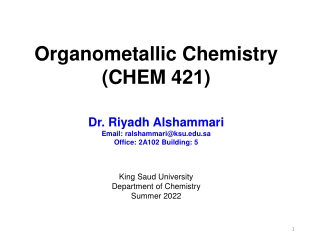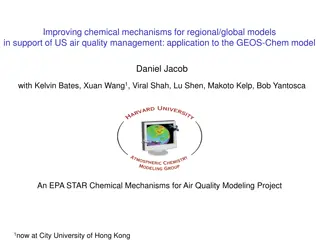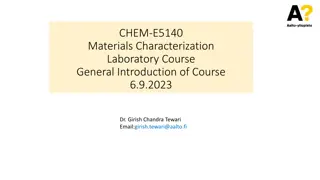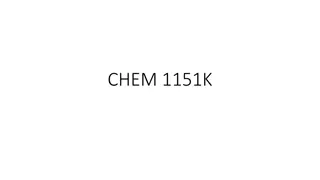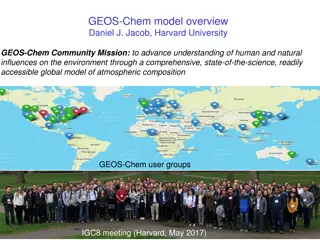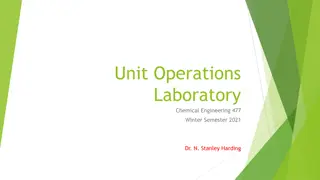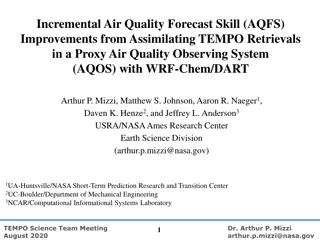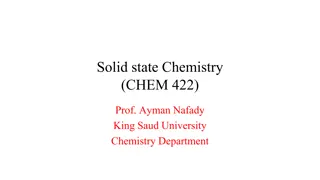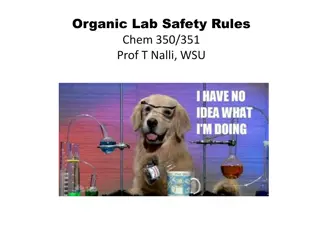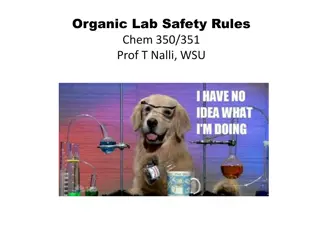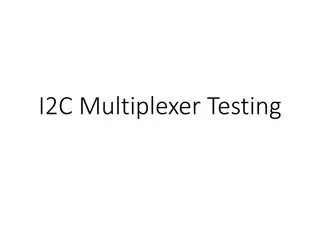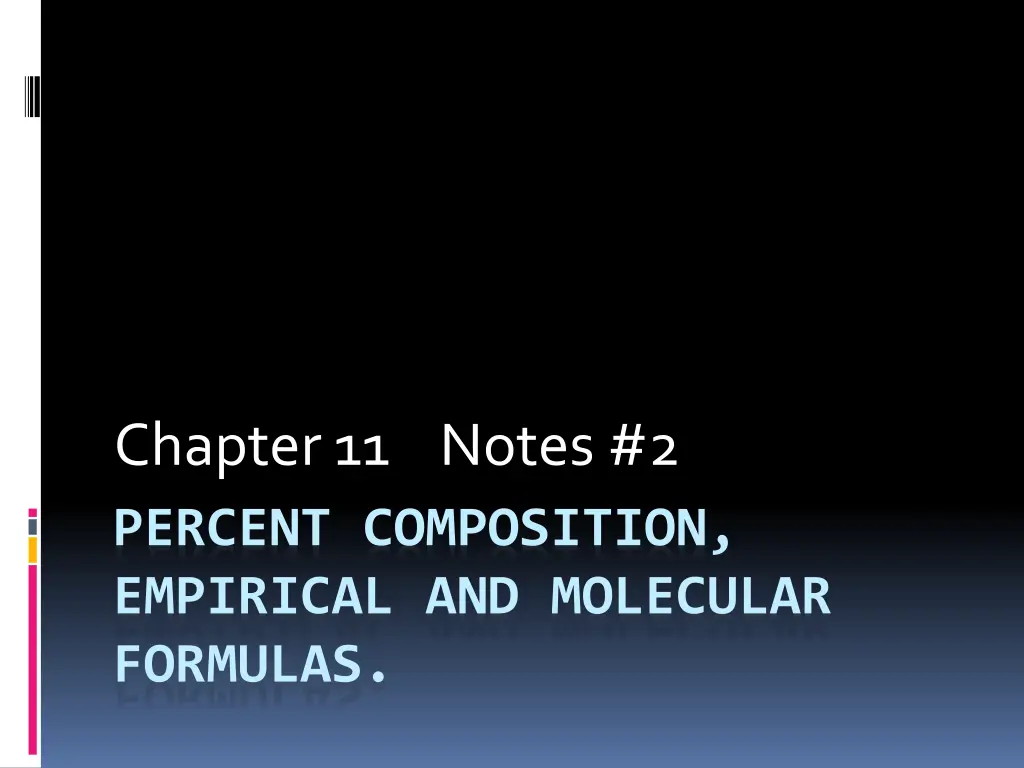
Understanding Percent Composition, Empirical, and Molecular Formulas
Explore the concept of percent composition in compounds, learn how to find molar masses, calculate percentages, determine empirical formulas, and more with detailed examples. Gain insights into the relationships between elements in compounds and how to derive empirical formulas from percent composition data.
Download Presentation

Please find below an Image/Link to download the presentation.
The content on the website is provided AS IS for your information and personal use only. It may not be sold, licensed, or shared on other websites without obtaining consent from the author. If you encounter any issues during the download, it is possible that the publisher has removed the file from their server.
You are allowed to download the files provided on this website for personal or commercial use, subject to the condition that they are used lawfully. All files are the property of their respective owners.
The content on the website is provided AS IS for your information and personal use only. It may not be sold, licensed, or shared on other websites without obtaining consent from the author.
E N D
Presentation Transcript
Chapter 11 Notes #2 PERCENT COMPOSITION, EMPIRICAL AND MOLECULAR FORMULAS.
Percent Composition Is the percent by massof each element in a compound. Can be determined by dividing the molar mass of each element by the mass of the compound.
Percent Composition Consider magnesium chloride (MgCl2) 1. Find the molar mass of each element. 2. Find the molar mass of the compound 3. Divide each elemental mass by the molar mass and convert to percent. Magnesium = 24.305 g/mol Chlorine = 35.453 g/mol MgCl2 = ?95.211 g/mol
Percent Composition MgCl2 = 95.211 Magnesium = 24.305 g/mol Chlorine = 35.453 g/mol Magnesium MgCl2 24.305 95.211 = 25.528 = Chlorine MgCl2 70.906 95.211 = 74.472 =
Percent Composition What is the percent composition of: Water? Sodium nitrate H = 11.2% O = 88.8% Na = 27.1 N = 16.5 O = 56.5
Empirical Formula This is a formula in lowest terms. Most of the time formulas are already in lowest terms organic molecules are notable exceptions. The formula for hydrogen peroxide is H2O2. The empirical formula for hydrogen peroxide is HO
Empirical Formula This is a formula in lowest terms. Most of the time formulas are already in lowest terms organic molecules are notable exceptions. What is the empirical formula of glucose (C6H12O6)? Hint: what is the greatest common factor of the subscripts? CH2O
Empirical Formula The empirical formula can be determined from the percent composition. Divide each element s percent by that element s molar mass. This will give the molar ratios. Convert to small whole numbers
Empirical Formula Consider a compound known to contain sulfur (40.05%) and oxygen (59.95%). Since 100 grams of the substance will contain 40.05 g S and 59.95 g O we will use these units to determine the empirical formula. mole S 40.05 g S 1.249 mol S = 32.065 g S mole O 16.0 g O 59.95 g O 3.747 mol O =
Empirical Formula Convert to small whole number ratios by dividing all answers by the smallest answer. These are the subscripts in the formula mole S 40.05 g S = 1 1.249 mol S /1.249 mol = 32.065 g S mole O 16.0 g O 59.95 g O 3.747 mol O /1.249 mol = 3 =
Empirical Formula The formula is therefore: SO3 Pg. 333 #50
Molecular Formula Once the empirical formula is known, the molecular formula can be determined if the molecular mass is given. To do this, simply divide the mass of the molecular formula by the mass of the empirical formula this will give you the greatest common factor of the molecular formula.
Molecular Formula(Example) The empirical of a compound containing phosphorus and oxygen was determined to be P2O5. What is its molecular formula if its molecular mass is determined to be 283.89? First, determine the mass of the empirical formula. P2O5 = 141.94 amu
Molecular Formula(Example) The empirical of a compound containing phosphorus and oxygen was determined to be P2O5. What is its molecular formula if its molecular mass is determined to be 283.89? First, determine the mass of the empirical formula. P2O5 = 141.94 amu To determine the greatest common factor, divide this answer into the molecular mass.
Molecular Formula(Example) The empirical of a compound containing phosphorus and oxygen was determined to be P2O5. What is its molecular formula if its molecular mass is determined to be 283.89? First, determine the mass of the empirical formula. P2O5 = 141.94 amu 283.89/141.94 = 2
Molecular Formula(Example) The empirical of a compound containing phosphorus and oxygen was determined to be P2O5. What is its molecular formula if its molecular mass is determined to be 283.89? Now that we know the greatest common factor is 2, multiply the subscripts by the GCF to determine the molecular formula. P(2O5)2 P4O10 Pg.355

